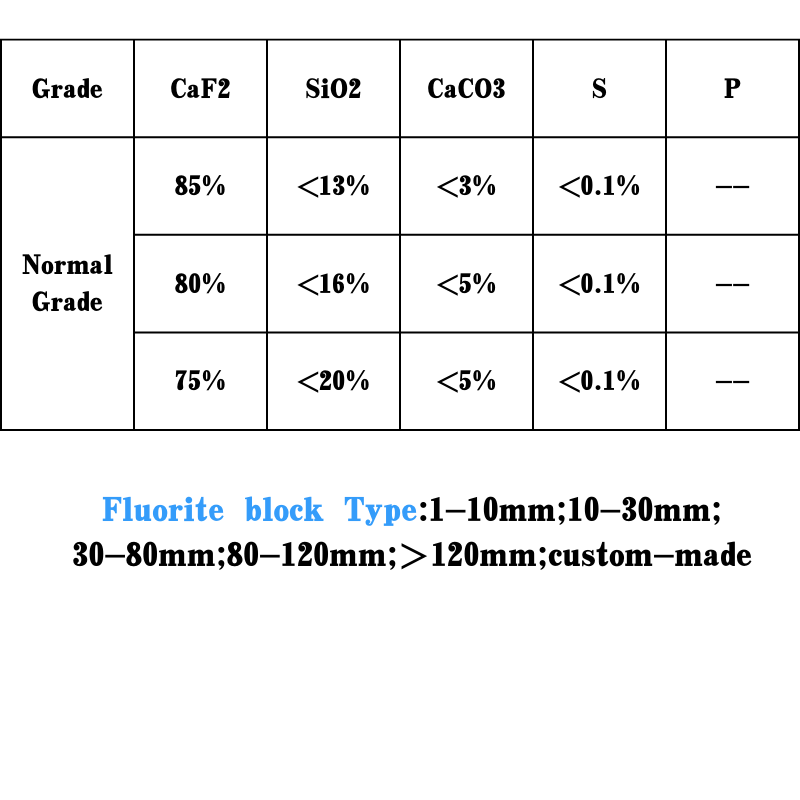
Understanding the Composition and Impact of Alumina in Various Industrial Applications and Processes
The Importance of Alumina Understanding its Role and Applications
Alumina, chemically known as aluminum oxide (Al2O3), is a critical material with extensive applications across various industries. With its unique properties, alumina has emerged as a vital component in the production of aluminum, ceramics, and a range of high-performance materials. This article delves into the significance of alumina, its formation, and its diverse applications.
Alumina is predominantly derived from bauxite, an ore composed mainly of aluminum hydroxide minerals. The Bayer process, invented in the late 19th century, is the primary method used to extract alumina from bauxite. In this process, bauxite is crushed and mixed with a hot solution of sodium hydroxide, which dissolves the aluminum-bearing minerals. The resulting solution is then clarified, and aluminum hydroxide is precipitated through cooling and seeding. The precipitate undergoes calcination to produce anhydrous alumina, which is a white, powdery substance.
The Importance of Alumina Understanding its Role and Applications
Beyond aluminum production, alumina plays a crucial role in various industrial applications. Its high melting point, excellent thermal stability, and resistance to corrosion make it an essential material in the manufacturing of ceramics. Alumina ceramics, known for their durability and hardness, are utilized in cutting tools, wear-resistant surfaces, and electrical insulators. In particular, the use of alumina in the production of advanced ceramics has expanded into medical applications, including dental crowns and orthopedic implants, due to its biocompatibility and strength.
alumina 6

In addition, alumina is widely used as an abrasive material. Its hardness on the Mohs scale—typically around 9—makes it an ideal choice for grinding, cutting, and polishing applications. Industries that rely on precision work, such as metalworking and woodworking, utilize alumina abrasives in various forms, including wheels, belts, and powders.
Alumina also plays a vital role in the field of catalysis. As a support material for catalytic processes, alumina enhances the effectiveness of catalysts in chemical reactions. Its high surface area allows for increased interaction between the catalyst and reactants, resulting in improved reaction rates and yields. This property makes alumina crucial in industries like petroleum refining and chemical manufacturing, where efficient catalytic processes are essential.
Moreover, with growing environmental concerns, the aluminum industry is increasingly focused on sustainable practices. The recycling of aluminum presents a significant opportunity to reduce alumina consumption and lower carbon emissions. Recycled aluminum requires only about 5% of the energy needed to produce aluminum from bauxite, highlighting the importance of alumina within a sustainable circular economy framework.
In conclusion, alumina is a versatile and indispensable material with a wide array of applications spanning multiple industries. Its pivotal role in aluminum production, ceramics, abrasives, and catalysis underscores its importance in modern manufacturing and technology. As industries continue to innovate and seek sustainable solutions, the demand for alumina and its applications is likely to grow, further cementing its status as a key player in the global materials landscape.
Share
-
Premium Resin Coated Sand - High Heat Resistance CastingNewsJul.31,2025
-
High Quality Silicon Carbide Grit for Abrasive ApplicationsNewsJul.30,2025
-
High-Quality Ceramsite for Plants & Gardening | Lightweight PebblesNewsJul.29,2025
-
Premium Burgundy Glass Marbles for Vases & Shooter GamesNewsJul.29,2025
-
High Purity Quartz Sand for Industrial and Ground ApplicationsNewsJul.29,2025
-
High-Quality Barite Powder for Drilling & Industrial UseNewsJul.29,2025






